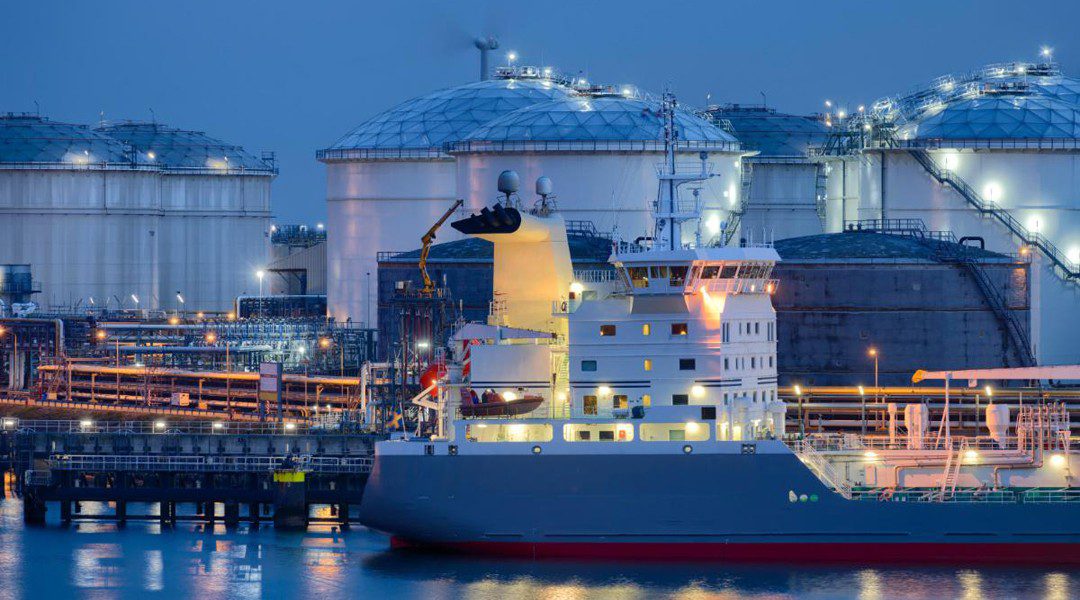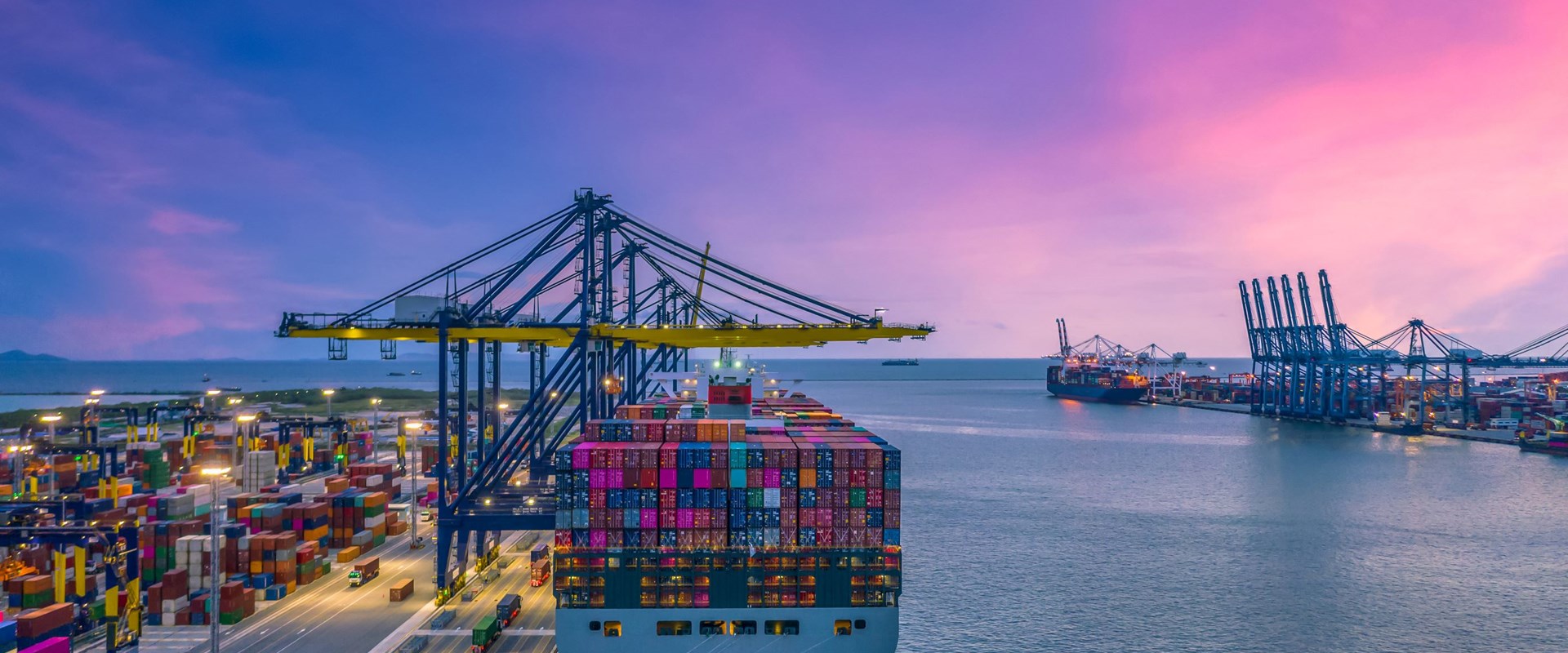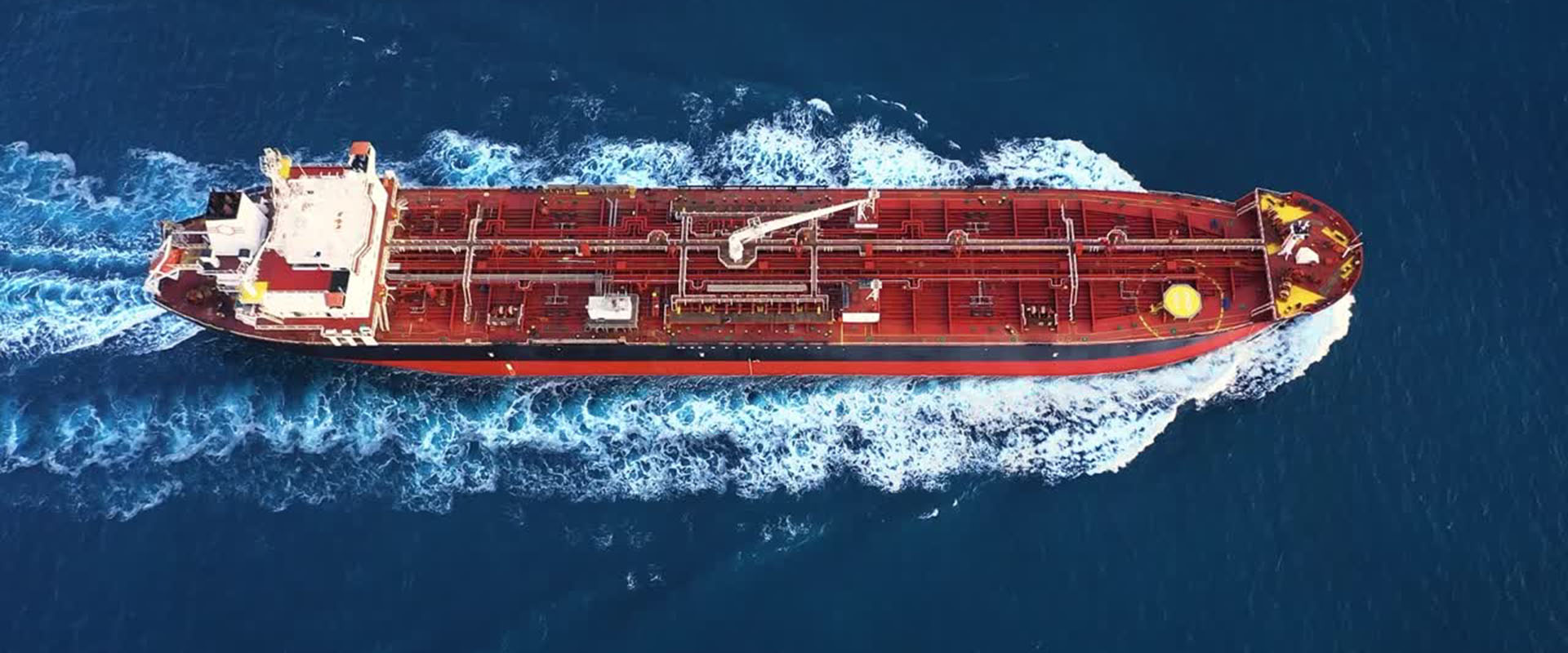Europe is on course to end the winter with a near-record volume of gas in storage as a result of industrial closures, high prices and a milder-than-normal season.
Combined inventories in the European Union and the United Kingdom were equivalent to 731 terawatt-hours (TWh) on Feb. 15, according to data from Gas Infrastructure Europe (GIE).
Inventories were 260 TWh (+55% or +2.57 standard deviations) above the prior 10-year seasonal average, up from a surplus of 95 TWh (+11% or +0.86 standard deviations) when the industry’s winter season started on October 1.
Stocks were essentially the same as the previous seasonal record of 732 TWh set on Feb. 15, 2020, when front-month futures prices were trading below 9 euros per megawatt-hour.
Northwest Europe is roughly 70% of the way through the heating season so there is now a high level of visibility about end-of-winter inventories, which are projected to decline to a low of 604 TWh before winter ends on March 31, with a probable range from 499 TWh to 673 TWh.
The projected carry out would be the second-highest on record and only just below 609 TWh at the end of winter /20.
If this projection is realised, storage sites across the EU and the United Kingdom will end the winter 53% full (with a probable range of 44% to 60%).
Chartbook: European gas inventories and prices
Relatively mild temperatures so far this winter have played a part in reducing heating demand and gas consumption.
Frankfurt in Germany (a proxy for the Northwest Europe macro-region) experienced 1,268 heating degree days between July 1 and February 16.
The number of heating degree days so far is the lowest since the winter of /20 and -7.5% or -0.96 standard deviations below the prior 10-year average.
Exceptionally high prices have forced energy-intensive industries, including makers of fertiliser, steel, chemicals, ceramics, glass and cement to close plants, which has saved large volumes of gas.
High prices and public relations campaigns to conserve energy may also have had some impact on the behaviour of households and other businesses, though the impact is less clear.
At the same time, high prices continued to maximise the inflow of liquefied natural gas (LNG) to Europe at the expense of importers in China and South Asia.
As a result, Europe’s outlook has been transformed from fear of shortages at the start of winter /23 to a comfortable surplus at the end.
In response, futures prices for gas delivered in March 2023 have slumped to less than 50 euros per megawatt-hour down from 177 euros at the start of the winter and a record 338 euros at one point in late August 2022.
The recent fall should start to buy back some of the consumption previously lost from energy-intensive industries and power generators, and staunch LNG inflows, curbing the accumulation of excess inventories and leaving some room in the storage system for gas to be added during the summer 2023 refill season.






